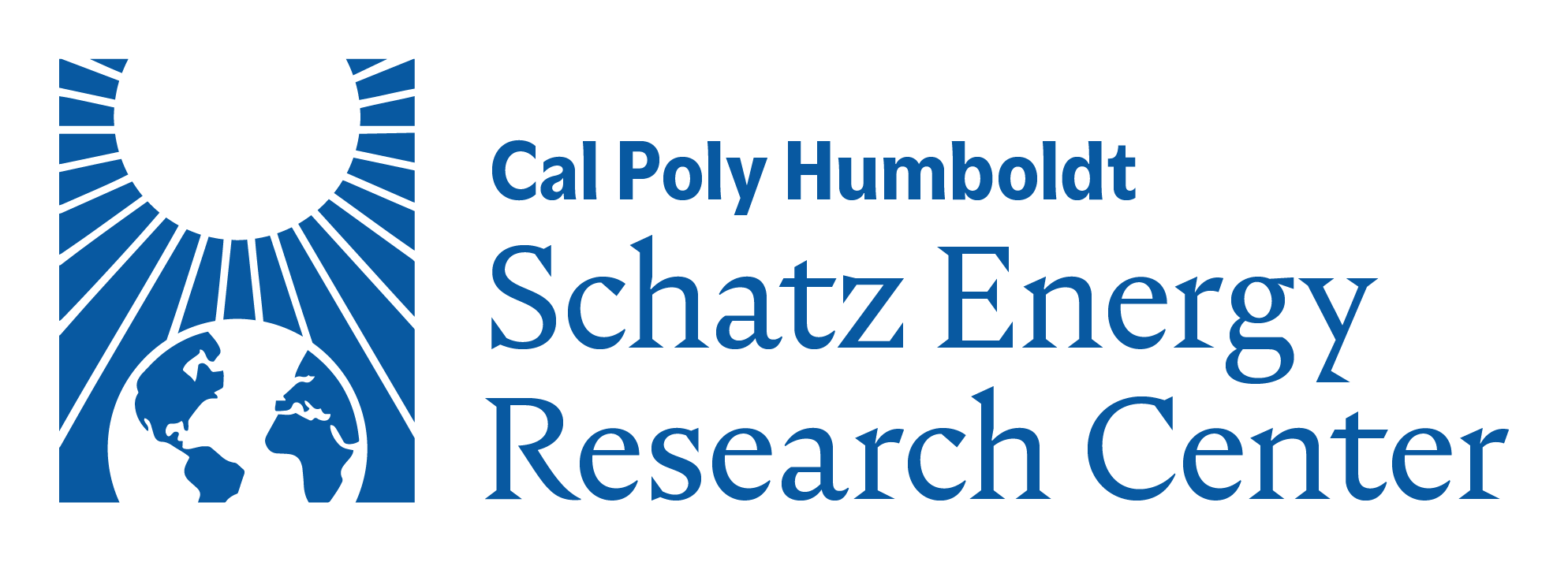Our new report, California Floating Offshore Wind: Evaluating Workforce Analyses and Assessing Professional Labor Needs, offers new insights into the professional workforce that will be needed in order to deploy floating offshore wind (FOSW) in California. The report (a) evaluates existing workforce analyses and tools, (b) examines key factors influencing job projections, and (c) assesses professional labor needs across multiple industry activities, including project development, supply chain, operations and maintenance, port development, and transmission infrastructure. In the context of this report, “professional occupations” refer to roles that typically require a university degree, and “professionals” are individuals in the workforce who hold such degrees.
Existing analyses for the sector exhibit significant variability in job projections. For example, estimates for job creation by 2030 range from 2,375 to 8,280 jobs — with differences largely driven by assumptions regarding project scale and level of state participation in the supply chain. This report includes a sensitivity analysis of supply chain factors using the National Renewable Energy Laboratory’s Jobs and Economic Development Impact (JEDI) model. Our findings underscore the significant impact of in-state supply chain participation on overall job creation and workforce composition.
Our analysis indicates that of the total jobs that could be created through the development of a 1.5 GW offshore wind project in the Humboldt Wind Energy Area, the manufacturing of components accounts for 60%; staging, assembly, and installation represent 10%; development and soft costs account for 11%; and less than 18% are in operations and maintenance.
The report’s evaluation of professional occupations across the FOSW sector, found that professional occupations make up an estimated 37-41% of FOSW industry jobs (depending on the level of in-state supply chain activities), 20% of port development jobs, and 15% of onshore electric transmission development. In the FOSW industry, roles are concentrated in engineering, life and physical science, and management for many of the major activities.
To assess workforce readiness, this report also examines how professional FOSW industry and port development occupations align with existing degree programs at Cal Poly Humboldt (CPH). Our review indicates that CPH currently offers programs that align with nearly all professional roles in the FOSW industry and port development, with particular strengths in engineering and environmental sciences.
- Download our reports at schatzcenter.org/publications.
- For more information, contact: schatzenergy@humboldt.edu or 707-826-4345.















